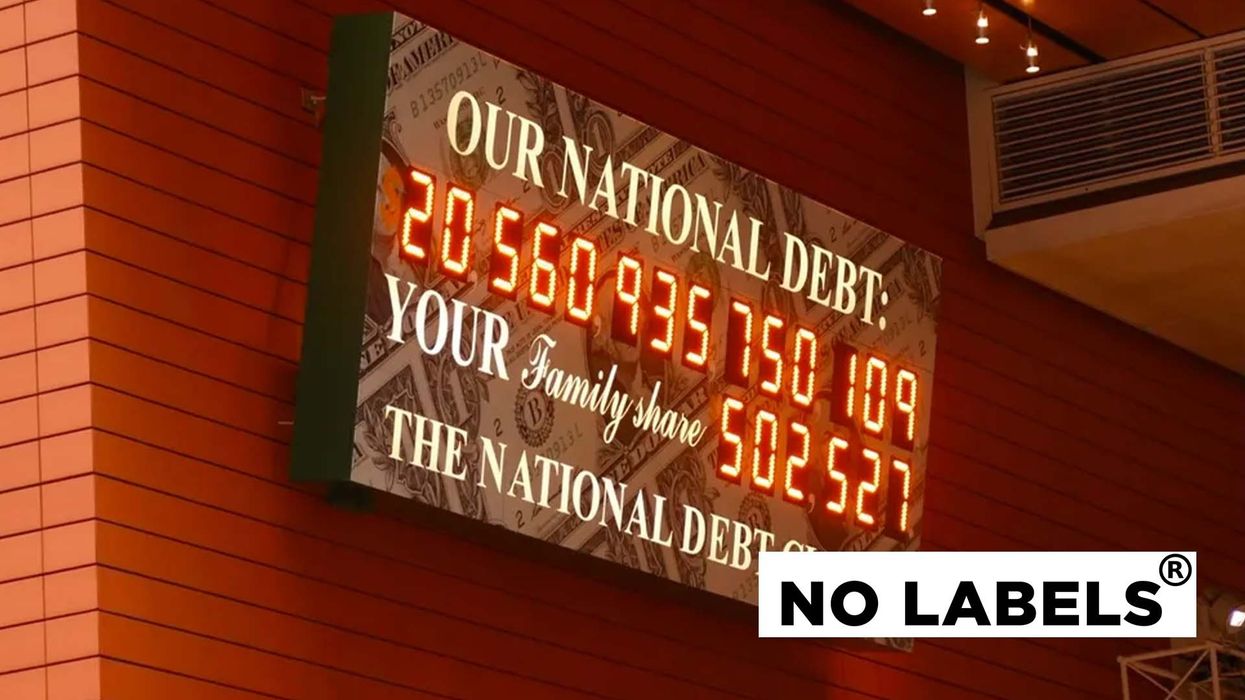
There is suddenly a lot of fretting in the media about the United States Congress failing to lift the debt ceiling -- which could have a devastating impact on the global economy. It’s a real concern, and to help you understand the challenge facing the nation, here are answers to a few frequently asked questions about the debt ceiling.
What is the debt ceiling?
The debt ceiling is a limit, set by Congress, on how much the federal government can borrow to pay off its debts. Right now, the debt ceiling stands at $31.4 trillion.
The government has been running a deficit – spending more than it receives in revenues – for most of the past 100 years. Since the debt ceiling was instituted in 1917, it’s been a common occurrence for Congress to vote to either raise the debt ceiling to a higher amount or otherwise temporarily suspend the ceiling so debts can be paid. Most of the time, this happens without much controversy.
Why is there a looming crisis?
What’s different now is that the same House Freedom Caucus faction that held up Kevin McCarthy’s speakership earlier this month also won a commitment that McCarthy would not allow a vote on a bill to raise the debt ceiling in 2023 unless the bill also features deep domestic spending cuts. Meanwhile, White House Press Secretary Karine Jean-Pierre, noting that the debt ceiling has historically been raised with support of both parties and without conditions, told reporters this week “There will not be any negotiations over the debt ceiling – we will not do that, it is their [Congress’] constitutional duty.”
The two sides are entering a game of chicken and it isn’t clear who will blink first.
What’s so bad about defaulting on the national debt?
Every American enjoys tremendous benefits from the facts that the dollar is the world’s reserve currency and that U.S. Treasury bills are considered the safest asset in the world. Our debt is considered so safe because anyone who buys U.S. debt knows we always pay our bills.
But if Congress allows the U.S. to breach the debt ceiling, that commitment would come into question, and the impact on global financial markets could be catastrophic.
Defaulting on the national debt would have dramatic consequences for the economy. Citing a 2021 study by Moody’s Analytics, the Committee for a Responsible Federal Budget writes: “A default could have similar macroeconomic consequences to the Great Recession: a 4 percent Gross Domestic Product (GDP) decline, nearly 6 million lost jobs, and an unemployment rate of 9 percent. In addition, Moody’s predicted a $15 trillion loss in household wealth, with stocks dropping by as much as one-third at the depths of the selloff.”
In 2011, the U.S. narrowly avoided disaster when far-right extremists in Congress caused the United States to come dangerously close to defaulting on the debt, and even getting close to a default had a negative impact. America’s credit rating was downgraded for the first time in its history and the markets had their worst week since the 2008 global financial crisis.
The White House Council of Economic Advisors has similarly grim warnings, suggesting that mortgages, auto loan rates, and unemployment numbers could all rise in the event of a default.
When will the crisis start?
Depending on who you ask, the crisis has already started. The U.S. was set to breach the debt ceiling limit this month, but just this week, the Treasury Department began taking “extraordinary measures” to buy some extra time. These accounting maneuvers – like pausing certain pension fund investments and moving money between departments to pay the most pressing bills – will hold off a default by another six months or so. Congress will have to act by then to prevent a default.
What are No Labels’ allies doing to stop the crisis?
The plans of our bipartisan allies are still coming together. But time is short, and the implications of inaction are clear. According to Rep. Brian Fitzpatrick (R-PA), co-chair of the Problem Solvers Caucus, “The full faith and credit of the United States is what gives us the position we hold in the world So that’s off the table. We’re not going to default. We cannot allow ourselves to default.”
One potential avenue the Problem Solvers are exploring is to pursue a “discharge petition,” a legislative tool that could force the House to vote on a bill to raise the debt ceiling if a majority of members of Congress back it, even if the bill isn’t supported by the House speaker.

